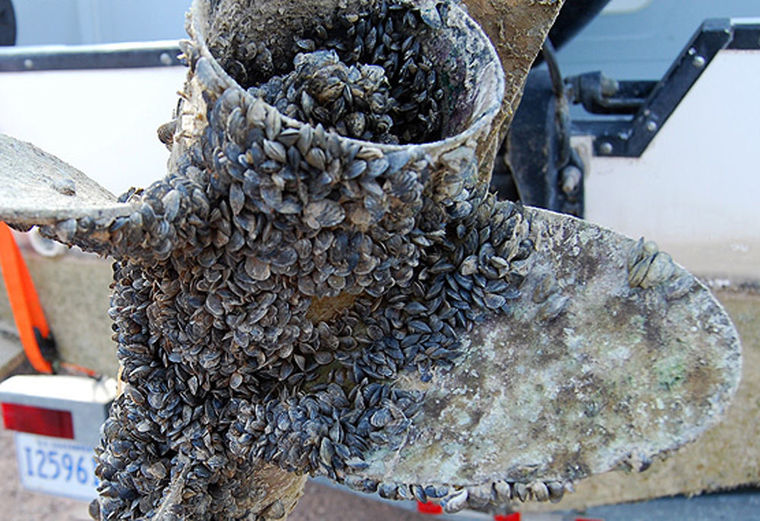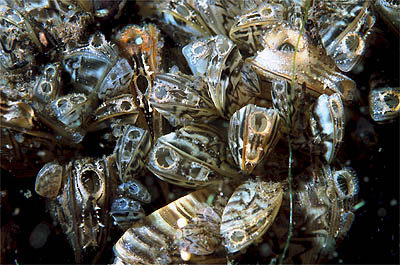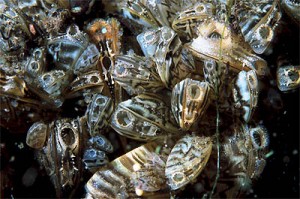
In response to last year’s detection of invasive mussel larvae, Montana Fish, Wildlife and Parks is adding a new bureau to fight aquatic invasive species.
(By the way, they are also looking for additional aquatic invasive species inspection and laboratory technicians for the upcoming season. Go here for details and interview dates.)
The official press release follows . . .
As part of the statewide effort to address the risks of invasive mussels, Montana Fish, Wildlife & Parks plans to create a new bureau to manage the prevention, detection and control of aquatic invasive species within state borders.
The Aquatic Invasive Species Bureau will be housed in FWP’s Fisheries Division, with plans to be operational beginning in March. The agency began a nationwide recruitment for a bureau supervisor this week.
“Aquatic invasive species pose an enormous risk to Montana’s waters, economy, and way of life,” said Eileen Ryce, FWP Fisheries Division Administrator. “The increasing scope and complexity of managing these threats requires a more comprehensive approach.”
Responsibilities of the Aquatic Invasive Species Bureau will encompass all aspects of AIS prevention, including early detection, rapid response, control, outreach and vector management.
In October 2016, Montana’s first-ever detection of invasive mussel larvae showed up in Tiber Reservoir – and “suspect” detections turned up in Canyon Ferry Reservoir, the Missouri River below Toston Dam, and the Milk River. The discovery triggered a natural resource emergency in Montana and led to several recommend strategies to manage the threat of invasive mussels spreading to other areas.
In January, Montana’s Joint Mussel Response Implementation Team leaders presented a series of recommendations to the Montana Legislature to address prevention, detection and control efforts, including the creation of an AIS management bureau within FWP. Other recommendations included additional mandatory Montana watercraft inspection stations; deployment of watercraft decontamination stations at Tiber and Canyon Ferry reservoirs; and doubling sample collection to more than 1,500 taken from more than 200 waterbodies, all of which will fall under the management of the new bureau chief.
The AIS bureau chief will be responsible for the rapid response to AIS detections, which will often require coordination among multiple agencies, partners, and stakeholders, while mobilizing and redirecting resources to address threats. The Incident Command System, used in Montana under Gov. Steve Bullock’s natural resource emergency executive order last November, will become a standardized approach to the command, control, and coordination of emergency responses for specific AIS detections in the future.
Information on the AIS bureau chief position is available online at: Bureau Chief – https://mtstatejobs.taleo.net/careersection/200/jobdetail.ftl?job=17140292. Applications are due Feb. 28.
The Joint Mussel Response Implementation Team includes staff members from FWP, DNRC and other agencies. It is tasked with carrying out recommendation to further minimize the risk of spreading mussels to other Montana waters.
All boaters and anglers are urged take year-round precautions and to Clean, Drain and Dry their equipment after each use. For more information visit musselresponse.mt.gov or Montana Mussel Response on Facebook.

